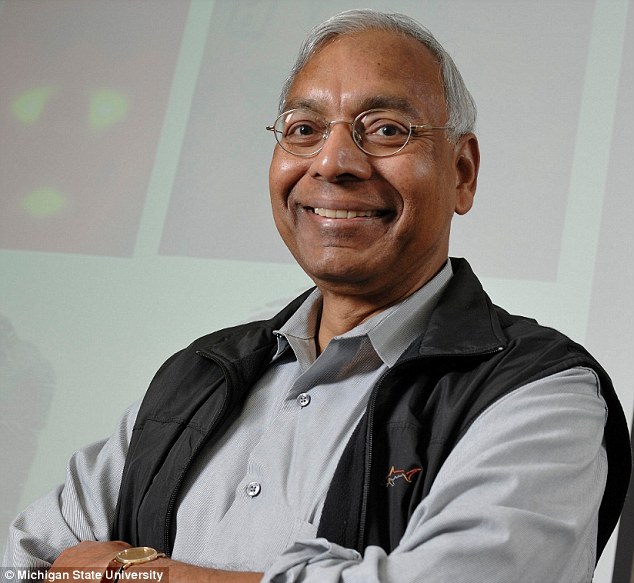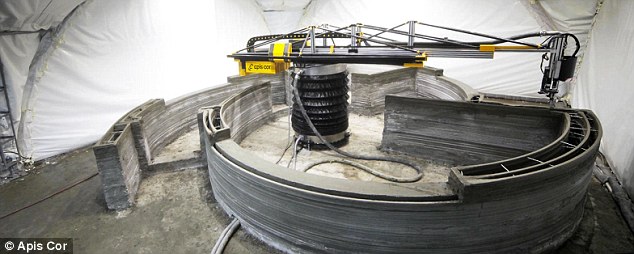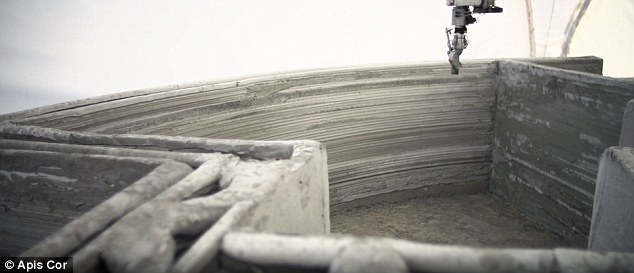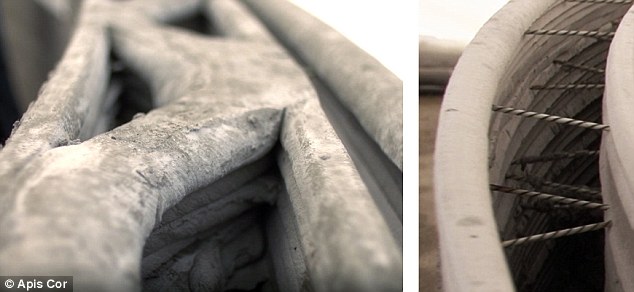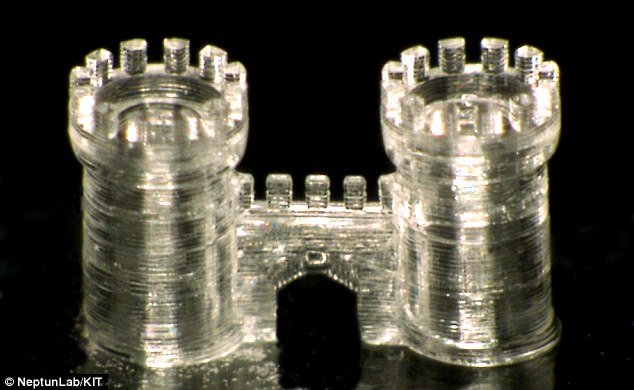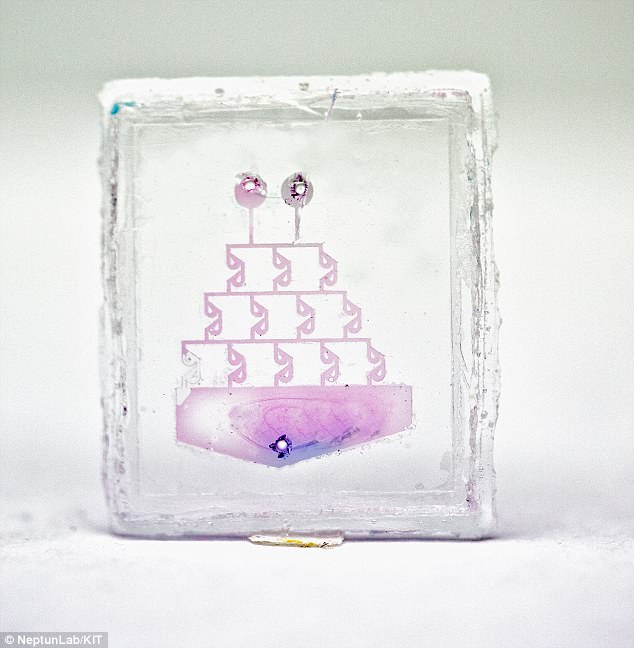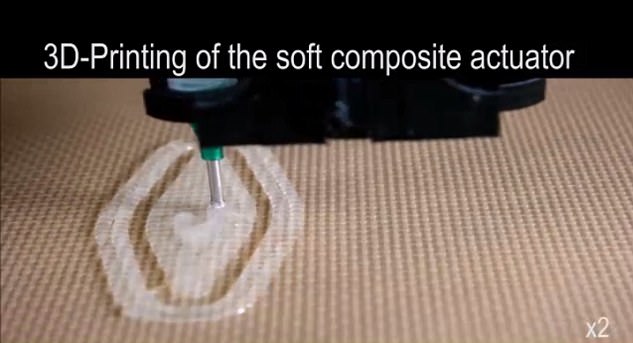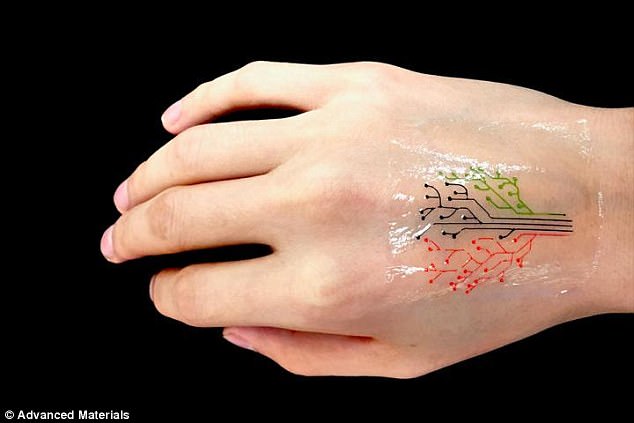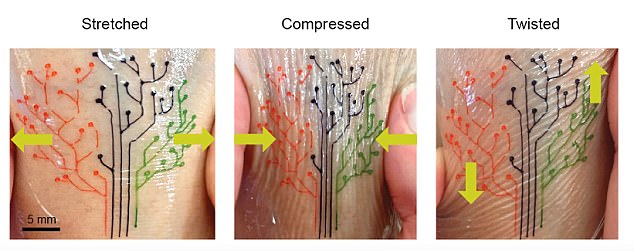Synthetic muscle that can lift a thousand times its own weight.
The 3D-printable synthetic soft muscle doesn't need an external compressor or high voltage equipment as previous models did.
The artificial muscle can push, pull, bend and twist, as well as lift weight
A team of engineers at Columbia University says up until now no material has been capable of functioning as a soft muscle.
This is due to an inability to show the desired properties of high stress and strain.
Inspired by living organisms, team leader Professor Hod Lipson said soft material robotics hold 'great promise' for areas where robots need to contact and interact with humans, such as manufacturing and healthcare.
He said that, unlike rigid robots, soft robots can replicate natural motion, grasping and manipulation, to provide medical and other types of assistance, perform delicate tasks, or pick up soft objects.
To achieve an actuator with high strain and high stress coupled with low density, study lead author Aslan Miriyev used a silicone rubber matrix with ethanol distributed throughout in micro-bubbles. The solution combined the elastic properties and extreme volume change attributes of other material systems, while also being easy to fabricate, low cost, and made of environmentally safe materials.
After being 3D-printed into the desired shape, the artificial muscle was electrically actuated using a thin resistive wire and eight volt low-power.
It was tested in a range of robotic applications where it showed significant expansion-contraction ability.
It was capable of expansion up to 900 per cent when electrically heated to 80°C (176°F).
Via computer controls, the autonomous unit is capable of performing motion tasks in almost any design.
Nature Communications.


